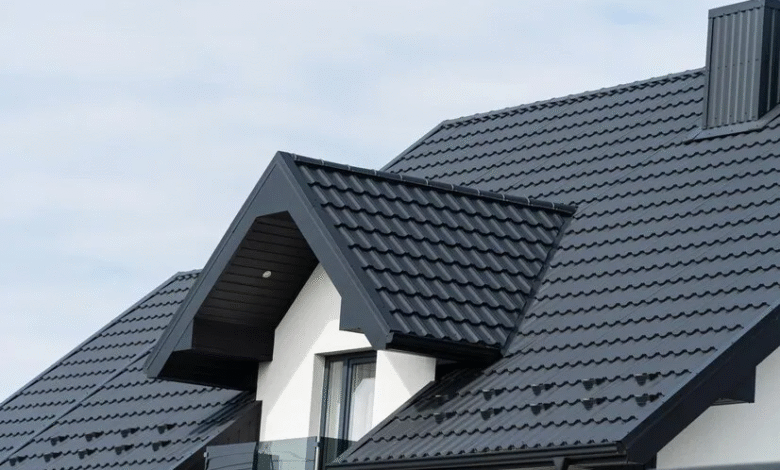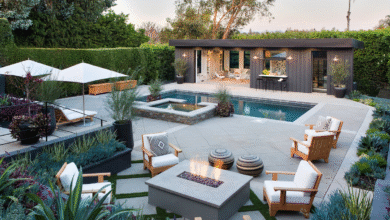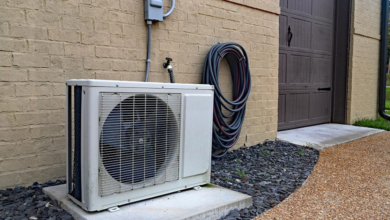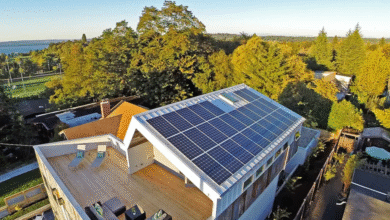Modern Roofing Solutions for Sustainable Homes

Sustainable homes are reshaping how we think about construction, emphasizing energy efficiency, reduced environmental impact, and long-term durability. Modern roofing solutions are crucial in this shift, providing materials and designs that minimize energy loss, manage water efficiently, and support eco-friendly living. These innovations, from reflective surfaces to green roofs, help homeowners reduce carbon footprints while maintaining comfort and aesthetic appeal. Integrating sustainability at every stage ensures homes are environmentally responsible and resilient against changing weather patterns.
Choosing the proper roofing for sustainable homes goes beyond style it impacts energy consumption, maintenance needs, and environmental performance. Advanced materials, such as recycled shingles or solar-integrated panels, contribute to lower utility costs and reduced waste. Proper insulation and ventilation systems enhance indoor comfort while supporting green building standards. As homeowners increasingly prioritize eco-conscious decisions, modern roofing approaches offer practical solutions that balance efficiency, durability, and design, making sustainable homes both functional and forward-thinking for long-term living.
Solar Shingles: Harnessing Renewable Energy
Solar shingles fuse the power-generating function of photovoltaic panels with the appearance and functionality of traditional roofing materials. Unlike bulky solar panels, these shingles integrate directly into your roof’s structure, maintaining visual cohesion while generating renewable electricity. Just as sunrooms allow homeowners to capture natural light for comfort and enjoyment, solar shingles capture sunlight to generate energy efficiently. Improved efficiency and cost-effectiveness have made solar shingles increasingly accessible, enabling homeowners to cut utility bills and take advantage of incentives for solar adoption. In addition to cost savings, solar shingles contribute to local clean energy goals and help homes become more resilient against rising energy costs by producing power onsite.
Green Roofs: Bringing Nature to Your Rooftop
Green roofs turn flat rooftops into ecosystems by layering soil and plants over waterproof membranes. They insulate buildings, reduce energy use, and manage rainwater runoff. Vegetation filters air pollutants and releases oxygen, improving urban air quality. Besides energy savings, they support urban wildlife and increase property value. Green roofs offer recreational spaces, helping cities combat rising temperatures and stormwater issues.
Cool Roofs: Reflecting Heat for Energy Efficiency
Cool roofs feature highly reflective, often light-colored or coated surfaces that decrease solar heat absorption. During peak sunlight, they can be as much as 50°F cooler than dark roofs, which helps lower indoor temperatures and reduces the need for air conditioning. This energy saving also minimizes neighborhood heat buildup, combating the “urban heat island” effect. In hot climates, they provide immediate energy savings, improve comfort, and extend roof longevity helping to manage seasonal energy demands. Their coatings are resistant to mold and algae, making them a low-maintenance and durable option.
Recycled and Sustainable Materials: Eco-Friendly Choices
Eco-conscious homeowners are increasingly opting for shingles and tiles crafted from reclaimed rubber, recycled metal, or plastic composites. These materials provide durability and weather resistance and consume less energy than traditional asphalt or wood. Using recycled roofing minimizes manufacturing waste, pollution, and landfill accumulation and reduces dependence on new mining or logging. It can imitate slate, tile, or wood shakes, delivering a high-end appearance at a lower cost and environmental footprint. Often supported by extended warranties, these options blend resilience with style.
Advanced Roofing Technologies: Enhancing Performance
Modern roofing systems go beyond weatherproofing by incorporating impact-resistant shingles, self-healing membranes, and fire-resistant materials. These innovations provide better protection against extreme weather, increasing roof longevity with fewer repairs. Phase-change materials help regulate indoor temperatures by storing and releasing heat. These advancements improve durability, lower maintenance needs, and reinforce resistance to storms, hail, and changing weather conditions. In regions prone to hurricanes or wildfires, such advanced roofs are crucial for safety and might make homeowners eligible for discounts or rebates.
Integrating Smart Technology: The Future of Roofing
Smart roofing incorporates sensors in shingles or underlayment that track temperature, humidity, and leaks. Wireless alerts inform homeowners promptly about issues, enabling timely maintenance and prolonging the roof’s lifespan. This technology reduces costs by preventing damage and improving overall home efficiency and security, ushering in a new phase in property management. As smart home systems expand, greater integration with climate control, security, and energy management practices is anticipated.
Conclusion
Choosing the right modern roofing solution yields dividends far beyond curb appeal. By investing in energy-efficient, recycled, or smart-enabled roofing, homeowners gain resilience, reduce ongoing costs, and play a pivotal role in sustainable living. Today’s roofing options empower property owners to meet the challenge of climate change head-on, improving their own quality of life and the collective future of their communities. As demand for greener practices increases, embracing advanced roofing is both a prudent decision and a meaningful contribution to the health of our planet.




